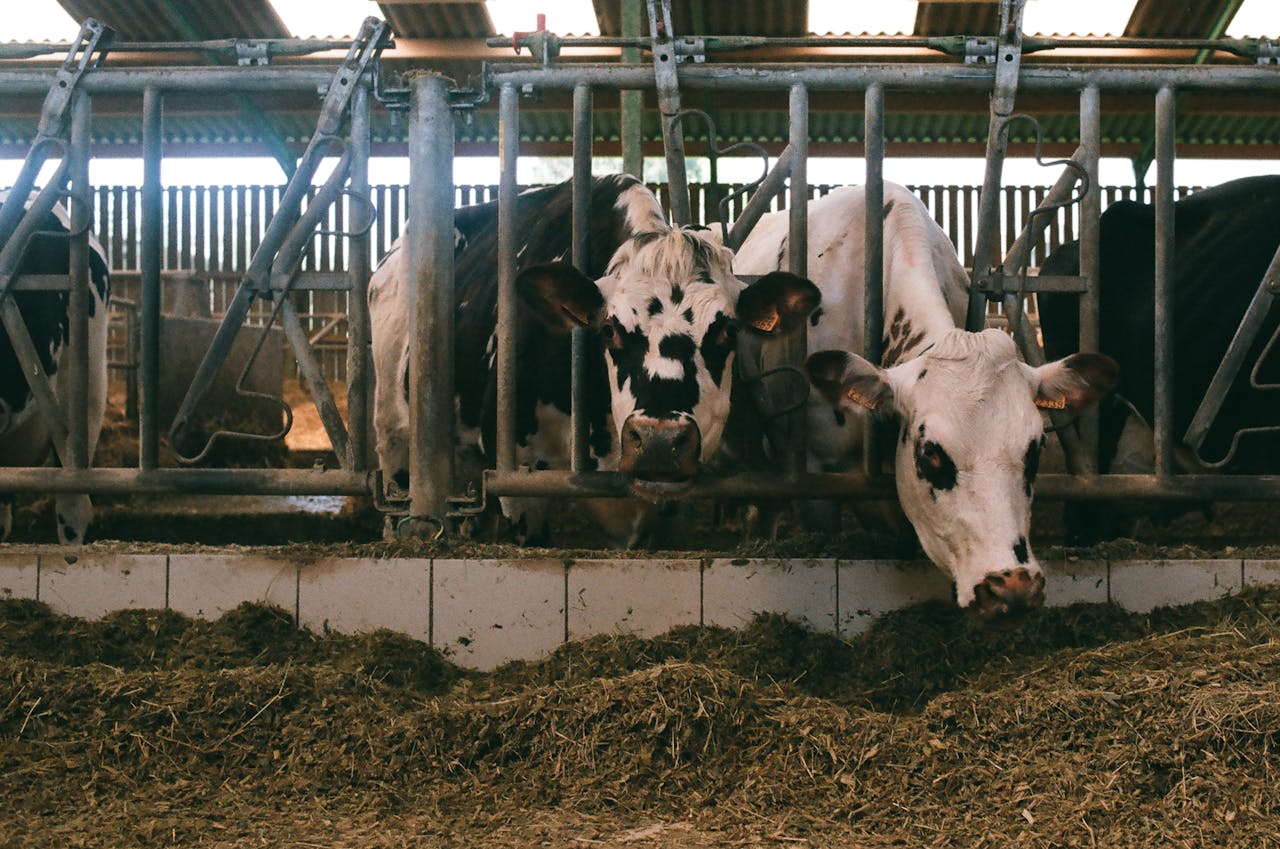With growing challenges in farming and an increasing emphasis on animal health and welfare, reducing mastitis infections has become a key priority for many producers. Industry efforts to control mastitis in the UK dairy sector are paying dividends in the form of reduced antimicrobial use, with on-farm reductions of about a 5th over the past 5 years.
Antibiotic Reduction: Embracing best practices – read all articles
Dairy farmers need to work closely with their veterinarians to reduce antibiotic use across the board. Good antibiotic stewardship should be a best practice, and with a focus on mastitis prevalence, big steps can be taken in the right direction. Moreover, mastitis control also makes financial sense. Each mastitis case can cost between €250 and €350 in treatment, yield losses, and discarded milk, adding up to tens of thousands of euros per farm per year.
The UK dairy sector’s focus on milking routine hygiene, housing and bedding management is profitable. Results released by Kingshay, part of the VetPartners group, found that average total antimicrobial use for 2024 was 12.7 mg/kg PCU, down from 15.7 mg/kg PCU in 2020. Also, mastitis rates reduced to 26 cases per 100 cows, down from 29 in 2023 and 42 in 2020. Antibiotic dry cow tube use declined by 5.8% in the year to 0.425 DCDVet – the defined course dose – while lactating cow tube use was reduced by 10.2% to 0.386 DCDVet.
More progress needed
The 2024 Dairy Antimicrobial Focus Report, based on data from 879 dairy herds across the UK using Kingshay’s Antimicrobial Monitoring Service for the period ending March 2024, shows good progress, but the authors feel more progress needs to be made. Dr Tim Potter, Westpoint Farm Vets’ senior clinical director and Kingshay report co-author, said the aim was to reduce antimicrobials as much as possible while still maintaining their availability and effectiveness in treating disease.
“We are pleased to report that the latest data suggests that neither herd health or milk production have been impacted by this reduction in use; in fact, as total antimicrobial use has been reduced, mastitis rates and bulk somatic cell counts have also been reduced, and there hasn’t been a rise in culling for mastitis or an increase in the rate of cows leaving the herd,” said Potter. “The treatment of mastitis is one of the key reasons for using antimicrobials in the dairy sector, but the fall in the number of cases and associated decrease in tube use demonstrates the dairy sector’s commitment to addressing the challenge of this disease,” he added.
Impact high users
Report co-author and Kingshay Farm Services specialist, Emma Puddy, said the dairy industry had made huge strides in its efforts to reduce the use of highest priority, critically important antimicrobials, and the number of herds using any at all has dropped by nearly three-quarters since 2020 to 3.9%. But Puddy said more could be achieved, especially among the 25% of herds using the most antimicrobials. The impact of these higher users is significant as they account for 50% of the total group use. Individual farm use can vary dramatically year-on-year, often in response to disease outbreaks, but the key to continual reductions in the industry is that any increase in usage is addressed at the time with remedial steps to address specific disease challenges.

